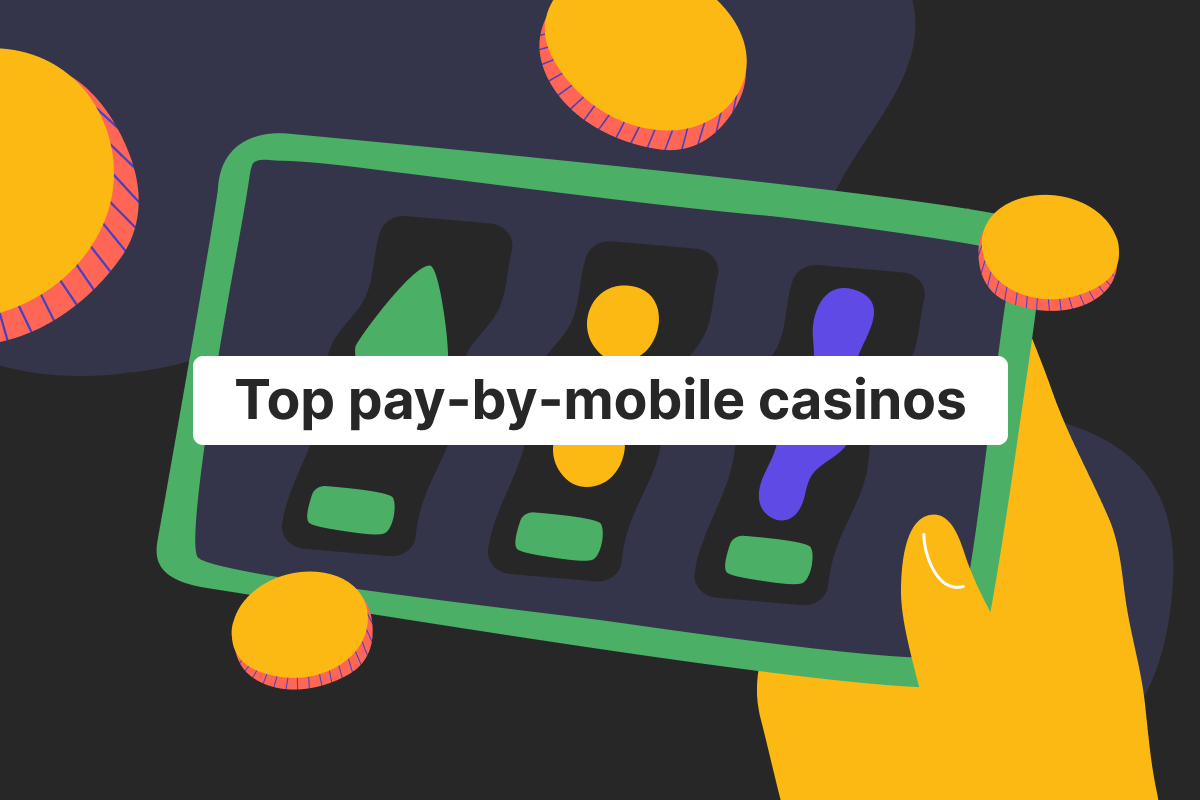Genome Blog / articles / Cross-border transaction examples and what are these payments
Jan. 11, 2023
There are so many kinds of money transfer options worldwide that not even financial experts can name all of them on the spot. But in many cases, various transfer types are grouped by common purposes or other metrics.
It is where cross-border payments come into place, as multiple money transfer types can be classified as such. In this article, Genome explains what cross-border wire transfers are and provides cross-border transaction examples, so you can select the option that suits you the most.
Cross-border payments: meaning of the term
Cross-border transfers are a method of sending funds during which the sender and the beneficiary are located in two different countries.
Cross-border transactions can occur between different entities. For instance, your friend from Munich can send you funds while you are visiting Prague. Same with cross-border B2B payments: a UK business can transfer money to a logistics company in Croatia. And, of course, a merchant located in Italy can accept cross-border transactions from clients all over Europe.
Let’s use Genome and take a look at cross-border transaction examples. The first option that comes to mind is SWIFT international transfers. For instance, if you live in Berlin, you can send funds to someone in Australia, and it will be considered a cross-border transfer.
SEPA payments can also be cross-border, but it depends on the situation. For example, a SEPA transfer from Turin (Italy) to Córdoba (Spain) is classified as such. At the same time, a transaction between Odense and Copenhagen is not a cross-border payment, as both are situated in Denmark.
Now, let’s look at an example within Genome that is the opposite of cross-border transfers: Faster Payments. You see, such transfers are only made within the United Kingdom, thus, are not a cross-border option.
Types of cross-border funds transfer and how they work
As the previous section of the article revealed, many money transfer types can embody the idea of cross-border payments. So, here are the payment methods commonly used for cross-border transfers:
- International wire transfers;
- Bank transfers;
- Electronic funds transfers;
- Payments made with debit, credit, and prepaid cards;
- Online wallets;
- Mobile wallets;
- Buy now, pay later;
- Digital currencies;
- And many more…
Also, cross-border transactions are differentiated by the type of entities that participate in them:
- Person-to-person. These are your regular transfers between friends and family situated in different countries.
- B2B cross-border payments. These transactions occur between companies, for instance, when your business needs to pay the delivery company for transporting your merchandise.
- B2C transfers. For instance, when a company pays its employees.
- C2B payments. These occur when clients buy something from a business. For example, a person purchases a t-shirt from an online store.
But how do you make cross-border payments, and how do they happen? Let’s take a look at SWIFT cross-border payments as an example.
Imagine you live in Florence, Italy. One of your family members traveled to Seattle, USA, and asked that you send them money. Here’s what you need to do:
- Go to your banking app and open the menu that has a transfer feature.
- Select the SWIFT transfer option;
- To make a SWIFT cross-border payment, you will need to provide the following details about the beneficiary: their name, account number or IBAN, SWIFT code, beneficiary’s country, city, and address (optional).
- After that, enter the payment amount and description to send a banking transfer.
After that, the cross-border transfer message is formed, and your bank exchanges it with the recipient’s financial institutions. But, this will only happen if the two payment providers have a direct relationship. If not, the correspondent banks will be used to exchange money transfer instructions. The more intermediaries are involved, the longer your cross-border payment will take to reach the beneficiary.
Let’s also review how the cross-border transaction process works for merchants with another example.
For instance, you want to set up an e-commerce business in Léon, France. By analyzing your potential customers and markets, you come to the conclusion that you can potentially get clients from multiple European countries. So, for this purpose, you need to find a financial institution with a merchant account that will allow you to accept cross-border transactions in various currencies. Having multiple local payment methods will also be crucial.
Then you find a cross-border payment solution that can provide such services and start a merchant account. And the rest is history! Clients will make cross-border payments in currencies they prefer, and you will be getting them to your merchant account. And after a certain period of time (usually three days to a week), the funds will be settled into your business account, and you can start using them.
B2B cross-border payments: do companies need them?
Cross-border business payments help businesses grow faster and be successful in an increasingly complex global trade environment.
According to the data, demand for cross-border transfers has increased dramatically in the span from 2018 to 2022 – from 127 to 155 trillion dollars worldwide. Growth took place both in a B2B and a B2C setting.
Just a reminder, B2B cross-border payments happen if one company needs to transact with another business based in another country, fees for such transfers are usually more expensive than for personal cross-border payments.
But cross-border transactions don’t need to be complicated and expensive.
Today, cross-border payments may occur as easily as a click of a button and can be much faster.
Businesses can reduce transaction time and operational costs using payment platforms as a solution to open the door to new markets in other countries and continents.
And let’s be honest, as your business grows, you should expect orders from other countries as well as work with employees and contractors that are located in various markets. Thus, you will require a cross-border option for B2B payments, retail payments, business transactions, etc. Also, as a merchant, you need to make sure to provide customers with multiple alternative payment methods and various currencies they can pay you in.
Remember that well-chosen payment platforms will save your time, your money, and your reputation, as they usually provide at least one cross-border transfer variation.
Make cross-border business payments and personal transfers with Genome
Genome not only provides cross-border transfer features but multiple other financial services you need in your day-to-day errands. Here you can start personal and business wallets, within which multiple accounts are available in three currencies: EUR, USD, and GBP.
As for money transfers, we have everything our clients in the EU and beyond require. Our SEPA transfers and Genome’s instant internal payments between Genome’s users for real-time payments are available for all clients. And if you have a business account inside Genome, you can make international transfers using SWIFT and other payment options.
Need a card? We’ve got you covered! Genome offers debit Visa cards for personal and business wallet users, which come in virtual and physical forms.
Our business clients can also use a batch payment feature and send multiple transfers at once. Schedule payments or let your team members do so with a shared account feature.
Finally, Genome offers companies merchant accounts! Using these, you can accept cross-border transactions from customers around the world. They can pay you in over 20 currencies, use cards, and 40+ alternative payment methods while doing so!
FAQ
What is a cross-border transfer?
It is a kind of money transfer that is characterized by the location of the entities involved. The sender and receiver are located in different countries during such a transaction. For instance, sending a payment from Paris to someone in Venice is considered a cross-border payment. Payment platforms and banks usually provide at least one option for clients to make cross-border transactions, for example, SWIFT cross-border payments.
How do cross-border payments work?
Chances are you have already encountered cross-border transfers when sending funds somewhere abroad. The process is all the same: you fill in the beneficiary’s financial details and the amount you want to send and then make a transfer.
What are the challenges in cross-border payments?
As in the case of any money transfers, cross-border payments can have their issues. The main one is the cost. As we described in the article, there are various options for cross-border transfers, many of which can cost a lot. Not to mention that the foreign exchange rate plays a big part in all of it. So, when choosing a cross-border payment solution, check and analyze their prices.
Another problem is the time it takes for money to reach the beneficiary. It usually depends on the cross-border payment destination and how many intermediaries are involved.
What is the most important part of a cross-border transaction?
The most important part is to find a cross-border payment solution that will suit your needs for banking transfers to other countries. A client needs to make sure that the terms and conditions of a payment platform, as well as fees for its usage, work for them.
Do you have to pay to make cross-border payments?
Yes, you need to pay. But the prices can differ greatly. For instance, if you use SEPA for cross-border transfers, some banks will charge you no more than cents. Meanwhile, SWIFT cross-border payments are much more expensive, and the fees vary depending on the destination country.
What are cross-border transactions?
These are transactions made between entities that reside in different countries. For example, an employer in Vancouver can send funds to a freelance journalist in Makati, which will be a cross-border payment. Also, when a merchant accepts transfers from a customer that lives in a different country, it is considered a cross-border transaction.





